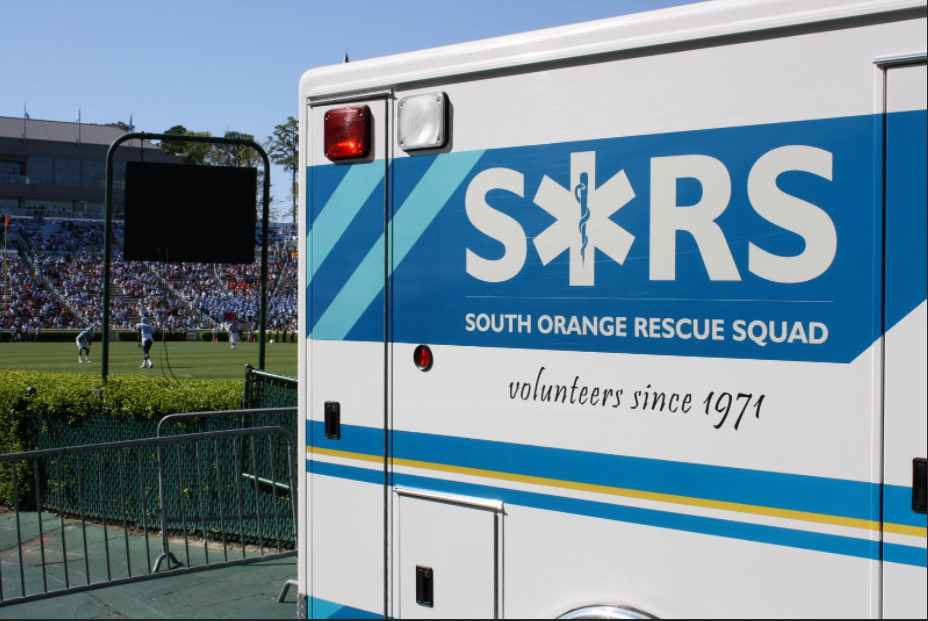On Friday April 13, 2012, I received a frightening call from my mother. She was en route to Geisinger Medical Center in Danville, PA while my father was being transported there via helicopter. Earlier that afternoon, he had collapsed on the squash court from a sudden cardiac arrest. As I proceed with this series, I’ll tell you the rest of the story. For now, let me put you at ease and tell you that the story has a happy ending. In fact, Dad is collaborating with me on these columns.
In our family, we refer to this event as “The Incident.” The Incident and its aftermath inspired me to learn much more than I ever expected about the functioning of the heart, heart disease and the treatment thereof. Given the prevalence of heart disease in the United States, the information in this series is, unfortunately, likely to come in handy to many of you.
In Part I, I will focus on the functioning of the heart. This picture should be helpful. Given that the heart is effectively just a pump, its inner workings are quite approachable to me as an engineer. The heart has four chambers: the right and left atrium at the top and the right and left ventricle at the bottom. Like most industrial pumps, the heart also has check valves which only allow one-way flow of liquid.
Oxygen-depleted blood from the body returns to the heart through two large veins, one each for the top and bottom halves of the body, into the right atrium. From the right atrium, it is pumped into the right ventricle and then into the lungs where is it oxygenated. Oxygenated blood returns from the lungs into the left atrium, then to the left ventricle which pumps it out of the heart through the aorta to be distributed throughout the body. If you don’t want to memorize the vocabulary, the key points to remember are that one side of the heart sucks in oxygen-depleted blood from the body and pumps it thorough the lungs, while the other side of the heart takes the oxygen-rich blood from the lungs and pumps it through the rest of the body.
The contraction of the heart, like other muscles in the body, is controlled via electrical impulses. Electric charge for the heart is generated by the sinoatrial node and then conveyed to the four chambers of the heart through conductive fibers which function just like wires in an electric circuit. When the electrical system in the heart is at peak performance, the pair of artria and the pair of ventricles contract in unison (this point will be key in Part II next week). At rest, your heart beats approximately 60-80 times per minute. In other situations, such as during exercise or when your sweetheart walks into the room, nerves in your body send signals to the sinoatrial node to tell it to speed things up.
While the heart may only be just a pump, it’s a really, really good one. Weighing in at just 10 ounces, it pumps about 1.3 gallons of blood a minute. That translates to 1,900 gallons a day which, over a 90-year lifetime, adds up to over 60 million gallons! Not too shabby.
Compared to a standard industrial pump, the heart is incredibly reliable. This is an important feature. When a pump breaks down at a chemical plant, you can just order a new one. When something goes wrong with the pump in your chest, the situation is a lot more serious. We’ll talk about some of those problems and how to deal with them next week.
Have a comment or question for Dad or me? Use the interface below or send me an e-mail to commonscience@chapelboro.com.




